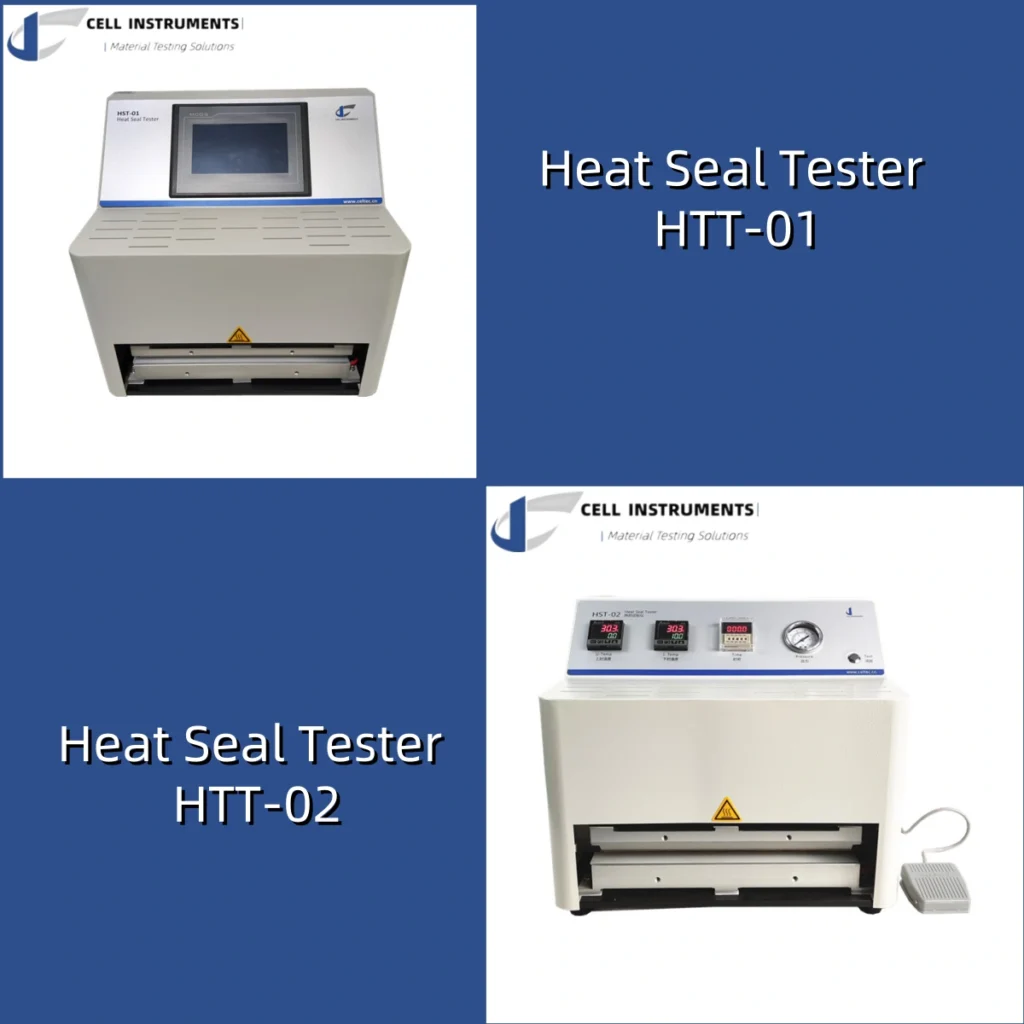Introduction to Lidding Films and Their Importance in Packaging

Lidding films are essential components in modern packaging, especially in the food, pharmaceutical, and medical industries. These films serve as the sealing layer for containers, ensuring product integrity, extended shelf life, and tamper resistance. Selecting the right lidding film depends on several factors, including compatibility with the tray material, desired sealing performance, and barrier requirements.
Accurate assessment of seal performance is crucial for quality control and product development. One of the most widely accepted methods for evaluating sealability is ASTM F2029, which outlines laboratory procedures for making seals and assessing their strength using appropriate equipment such as a laboratory heat sealer.
Heat Seal Strength and Laboratory Heat Sealer in Lidding Films Testing
Why Heat Seal Strength Matters
Heat seal strength refers to the force required to separate two films sealed together under specific conditions. For lidding films, maintaining optimal seal strength ensures the package can withstand transportation, handling, and storage without failure.
Inadequate sealing may result in microbial contamination, leakage, or product spoilage, especially for sterile medical or food products. Conversely, excessive seal strength may cause difficulty in opening packages, compromising user experience.
Role of Laboratory Heat Sealer
A laboratory heat sealer is designed to simulate industrial sealing conditions on a small scale, enabling controlled and repeatable testing. When used in accordance with ASTM F2029, it allows for precise adjustment of:
- Sealing temperature
- Pressure
- Dwell time
- Jaw configuration
These variables significantly influence the heat sealability of lidding films and help identify optimal sealing parameters before transitioning to full-scale production.
Cell Instruments offers a precision heat seal tester that complies with ASTM F2029, ensuring consistent results and reliable data for R&D and QC teams.
ASTM F2029 Overview: Testing Lidding Films for Sealability
Step-by-Step Procedure
Best Practices for Reliable Lidding Films Testing
Use multiple replicates to account for material variability.
Maintain consistent sealing location relative to jaw center.
Condition specimens if required, especially for sensitive films that evolve seal strength over time.
Avoid passive voice in reporting and maintain clarity in data tables and heat seal curves.

Why Choose Cell Instruments for Lidding Films Seal Testing
Cell Instruments Co., Ltd. offers high-precision laboratory equipment tailored for lidding films and other flexible packaging materials. Our heat seal tester is fully compliant with ASTM F2029 and supports accurate control of temperature, dwell time, and sealing pressure.
With automated operation, robust construction, and user-friendly interface, our equipment helps R&D labs and QC departments ensure packaging reliability, reduce failure risks, and streamline seal optimization studies.
Whether you’re developing peelable lidding films for medical trays or resealable films for food packaging, Cell Instruments delivers the testing confidence you need.
Conclusion
Evaluating lidding films using ASTM F2029 and a reliable laboratory heat sealer is a fundamental step in flexible packaging quality control. By constructing accurate heat seal curves and understanding material behavior under controlled sealing conditions, manufacturers can optimize performance and ensure regulatory compliance.
Investing in dependable testing solutions from Cell Instruments helps ensure that your packaging not only meets industry standards but also exceeds customer expectations in reliability and usability.
